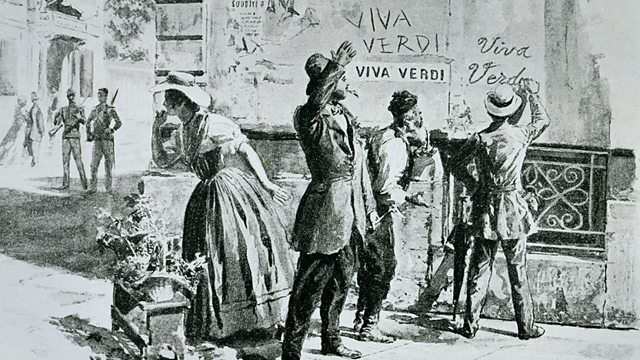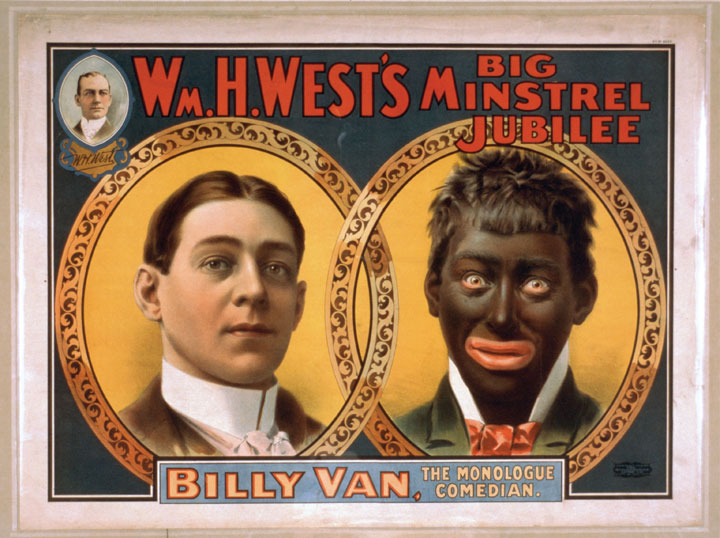The birth of Opera:
Before watching this video on the birth of Opera I did not
realize that most operas were based on such violence love and politics. I was amazed at how the voice of the person cleaning the
Coliseum in Verona was so loud without any electronic amplification.
The
Coliseum was built to amplify the human voice because of the lack of electronic
amplification. Opera was born in Florence Italy in the late 1600s. The
Cammarata were an intellectual social club made up of scientists, artists, poets,
and musicians. They put together their first collaboration in 1598 called
Daphne. Their second attempt for experimental opera was for a royal wedding
which was not a success. Two of the guests at the wedding were influential
Europeans that thought that this new form of entertainment had some potential.
They had one of the world premier composers Claudio Monteverdi.
In 1607 the
opera L’Orfeo became a great success, during the annual Carnival at Mantua.
This was an opera about love God and the afterlife so church music was used. I
was totally amazed at the frescoes in the hidden room where Monteverdi
practiced his operas which was concealed from the world for hundreds of years.
It makes you wonder why the room was ever sealed away from the rest the world.
Listening to the performances with the original is instruments almost take me
back to a romantic time where these beautifully were first heard.
The
handcrafted instruments with a sound that isn't present today have such a warm
tone versus a lot of electronic music of today. The opera was drama told
through music, this was opera in a nutshell. The scenes in Venice and listening
to them the male vocalist singing the opera really takes me back to my
childhood when I lived in Italy. I feel an overwhelming sense of longing when I
watch opera. It brings back a part of my life which I miss dearly.
Venice
became the hub of Opera with a staggering 19 opera houses open at the time.
Opera's love affair for power love and destiny got it in some trouble in the
following century. Mozart used Opera is a powerful vehicle to send messages to
the public. Watching the scene of Figaro played by the students of the British
opera house amazed me. The singers were skilled, as good as any Opera professionally
produced, just amazing. Around the time of the French revolution in new type of
Opera came to light, the escape from oppression of the ruling party, the most
famous one being Fidelio by Beethoven. Giuseppe Verdi became one of the Italy’s
most famous opera composers, with his nationalist propaganda.
People all over
the city graphitized his name, Viva Verdi. He became a deputy in the Italian
parliament. Even in the 19th century opera found itself in the crosshairs of
political conspiracies.
Watching the excerpt from the opera Nixon in China, I
was amazed at the size of the stage props. A full-size passenger jet lowered
down to the stage just such an amazing effect, by John Addams in 1987. This
opera was about the cold war. Before viewing this video I did not realize that
they were making new operas in the late 19th century. I was astonished that
China is gotten into the upper game I really did not think that they had any
interest in opera. I was pleasantly surprised to hear the Chinese students
singing Italian opera, and how well they pronounced the words. This just shows
how worldwide the phenomenon of Opera has really grown. All cultures around the
world talk about their problems and tribulations through music. It is just
human nature to do so.









